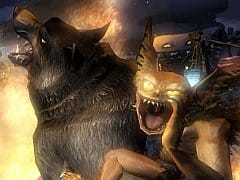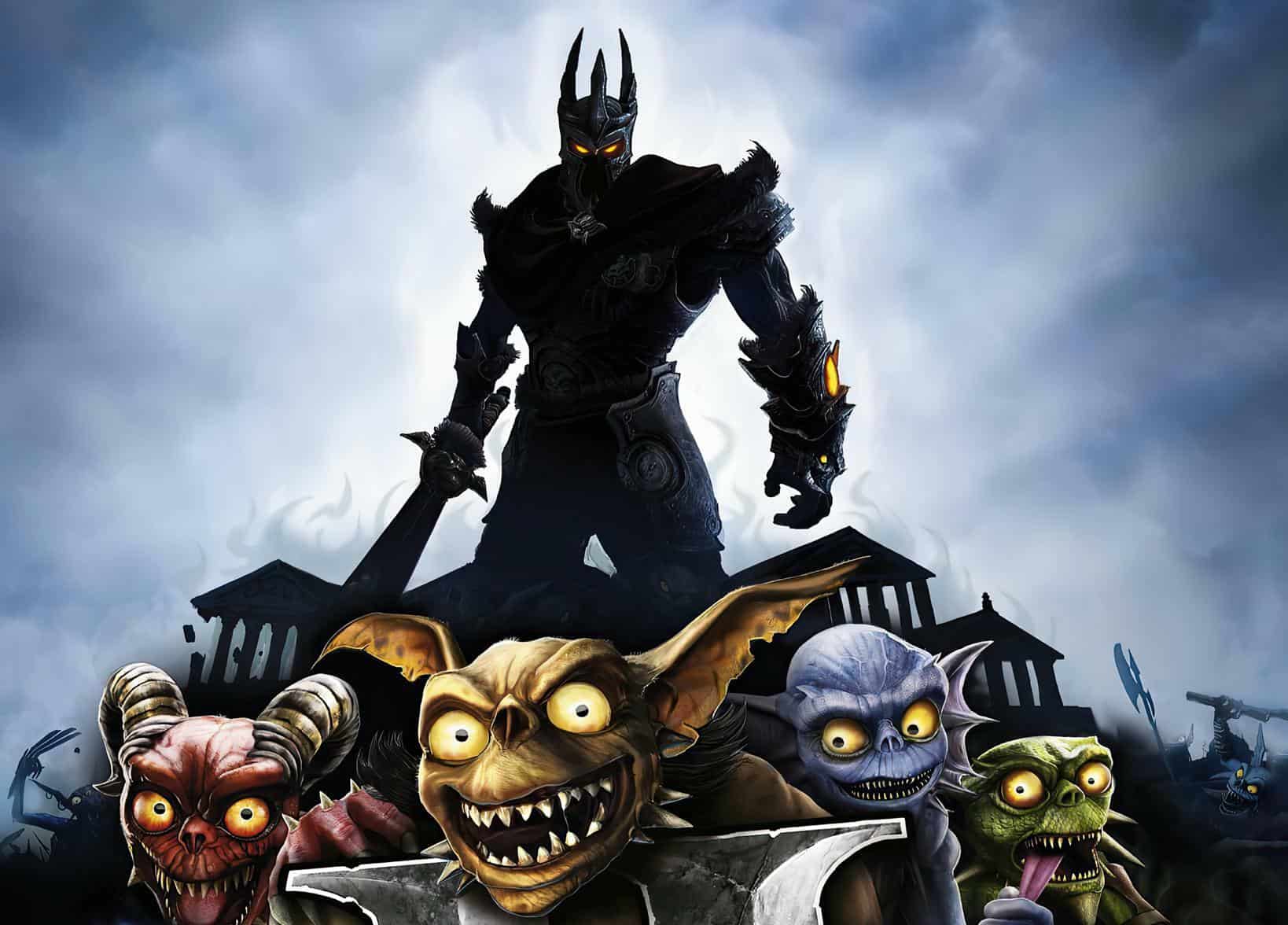You can trust VideoGamer. Our team of gaming experts spend hours testing and reviewing the latest games, to ensure you're reading the most comprehensive guide possible. Rest assured, all imagery and advice is unique and original. Check out how we test and review games here
Just before Codemasters begins its demo of Overlord II, I’m told the original sold 1.5 million copies. This comes as a surprise – a brief glance at Tom’s review from early 2007 tells me the Triumph Studios-developed action adventure was a solid if unspectacular game with a unique control mechanic. As the evil tyrant Overlord, you were able to control mischievous minions in a quasi real-time strategy style, sending them off to take apart structures and savage villagers while you sat back and laughed maniacally. It was a clever, compelling idea, but it was not without its problems, the chief one being the complex, fiddly controls.
It seems I’m not the only one surprised by the game’s success. Codemasters couldn’t believe the popularity of its new IP either, which perhaps explains why it’s taken over two years for a sequel to emerge. Still, time hasn’t dulled Triumph’s memory – it’s acutely aware of the criticisms Overlord suffered, and has taken steps to combat them.
For a detailed look at the game’s plot and premise, check out Neon’s preview from last month. Here I’ll concentrate on the revamped controls, since this is our first opportunity to get hands on with them. Now, camera control and minion control are both governed by the right thumb stick. This initially sounds bonkers, but somehow, somehow it works. The camera has been designed, I’m told, so that you never need to look up or down, which sounds incredible. I was initially sceptical of this claim, but actually playing the game you don’t ever feel as if you can’t see everything that you’d want to see. Well done Triumph.
To send your minions off on a path of destruction you press forward on the stick then move left and right in a sweeping fashion. It feels completely natural to do this – in almost all cases what you’d like your minions to destroy, be it groups of guards, soldier-spawning tents or enemy structures, will be in front of you, or at least a bit to the side. During my time tearing up the Heartland Harbour area, held by the Roman Empire inspired Great Empire, I never once felt restricted or frustrated. In any case, you can instead choose to hold down the right trigger and send the minions off in the direction you’re facing if you don’t fancy thumb flicking. It’s a control scheme that works because, while you’ll occasionally have to get the Overlord’s hands dirty with combat (his giant axe is pretty nifty in this respect), for the most part you’ll be sitting back and directing the wanton madness from a safe distance. This isn’t an action heavy third-person hack and slash, after all.
As for the minions themselves, they’re divided up into four types. Brown are normal, red are fire based, green are stealthy assassins and blue are zen creatures that heal. The AI that governs them has been given the most attention. They’re much smarter this time around, I’m told. They will do what they’re told and don’t come across as, well, dumb Gremlins, like they often did in the original.
It’s hard to tell from what we’ve played, however, how much of an improvement has been made in this respect. Sweeping the right thumb stick and in turn devastating villages and towns, instructing your newly convinced minions to tear apart tents, tables and all things celebratory (as well as fluffy bunnies), is a simple task. But later on in the game things will undoubtedly get more complex, and that impressive 50 minions on-screen cap will surely give the AI a tough workout. We have high expectations: an internal debug version of the game has seen 200 of the little blighters running around at once, without slowdown. With that in mind, any problems in the final build won’t be excused.
At various points in the game you’ll be required to send your minions off to capture catapults. One in the Heartland Harbour lets you send huge boulders hurtling towards groups of soldiers and knocking down walls. Here, a simple charge then release mechanic, coupled with a targeting reticule, makes for fun but basic destruction. It’s easy to overshoot your target at first, but within a minute or so you’ll be knocking soldiers down with laser like precision.
Beyond the controls, it’s clear that the adult-oriented tone and mischievous humour of the first game has been faithfully preserved. The minions will drink and puke and pee with glorious abandon. You’ll be murdering fluffy bunnies and the like as much as you’d want. Eventually you’ll get your sex-starved hands on three mistresses, and get to go to bed with them all (no, there won’t be any hot coffee scenes). Will you be able to have an Overlord baby of your own? Perhaps.
Like the first game, inspiration has clearly been taken from Fable, with a hint of cult 80s classic flick Gremlins, a dash of The Adventures of Asterix and a sprinkle of Terry Pratchett, too. That his daughter, Rhianna Pratchett, has been re-hired for plot duties seems a perfect fit. It’s a clever move, and reflects Triumph’s desire to fix and improve upon the original Overlord experience, rather than revolutionise it. Fans should be excited because the controls are undoubtedly better, as is the AI. The big question is, of course, just how will the controls hold up when the on-screen action gets busy? If the answer’s a positive one, perhaps Codies will be on to another surprising winner.
Overlord II is due out for Xbox 360, PS3 and PC in June.
Overlord II
- Platform(s): Linux, macOS, PC, PlayStation 3, Xbox 360, Xbox One
- Genre(s): Action, Adventure, RPG, Third Person

/https://oimg.videogamer.com/images/8284/overlord_ii_22.jpg)






